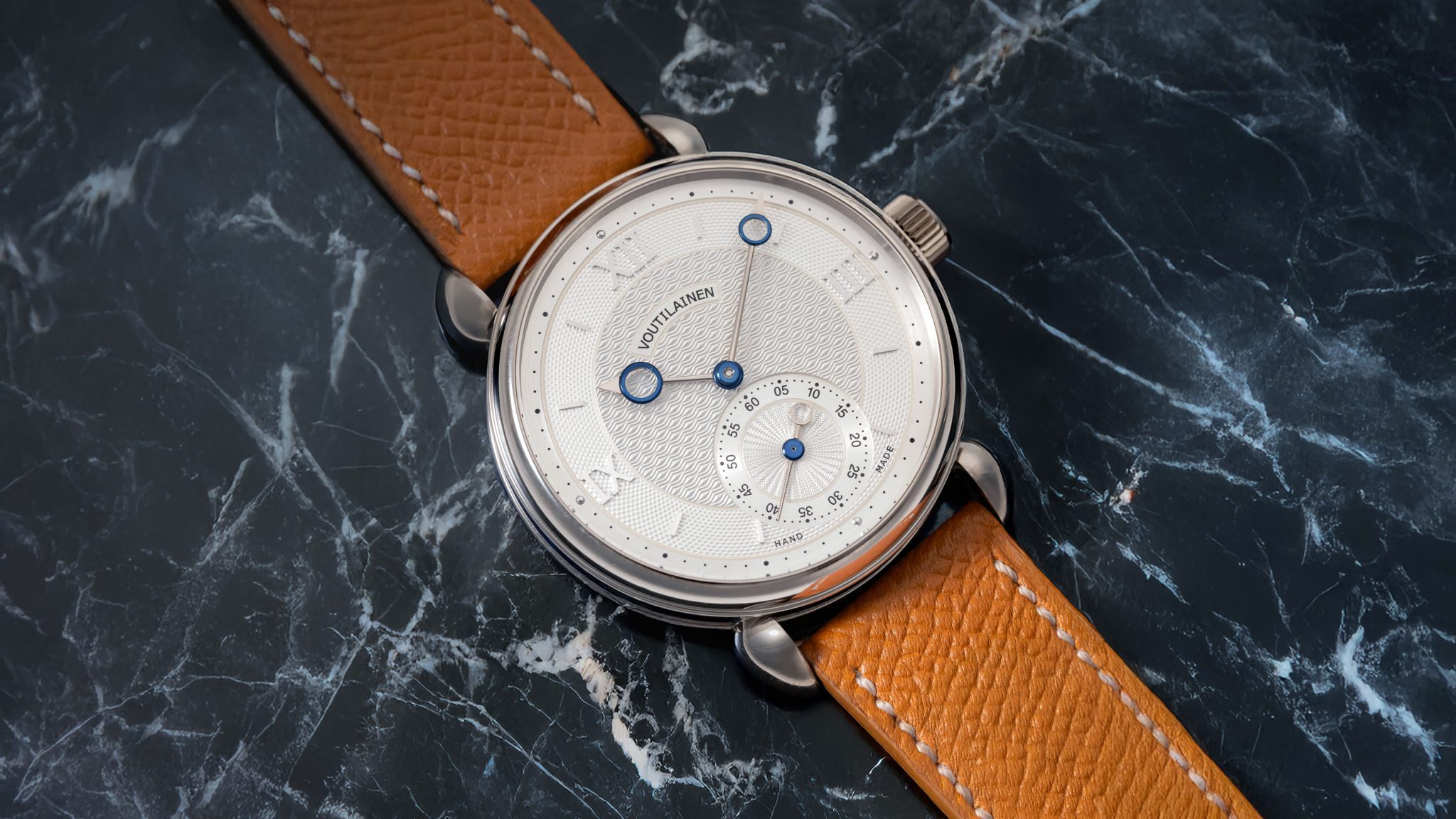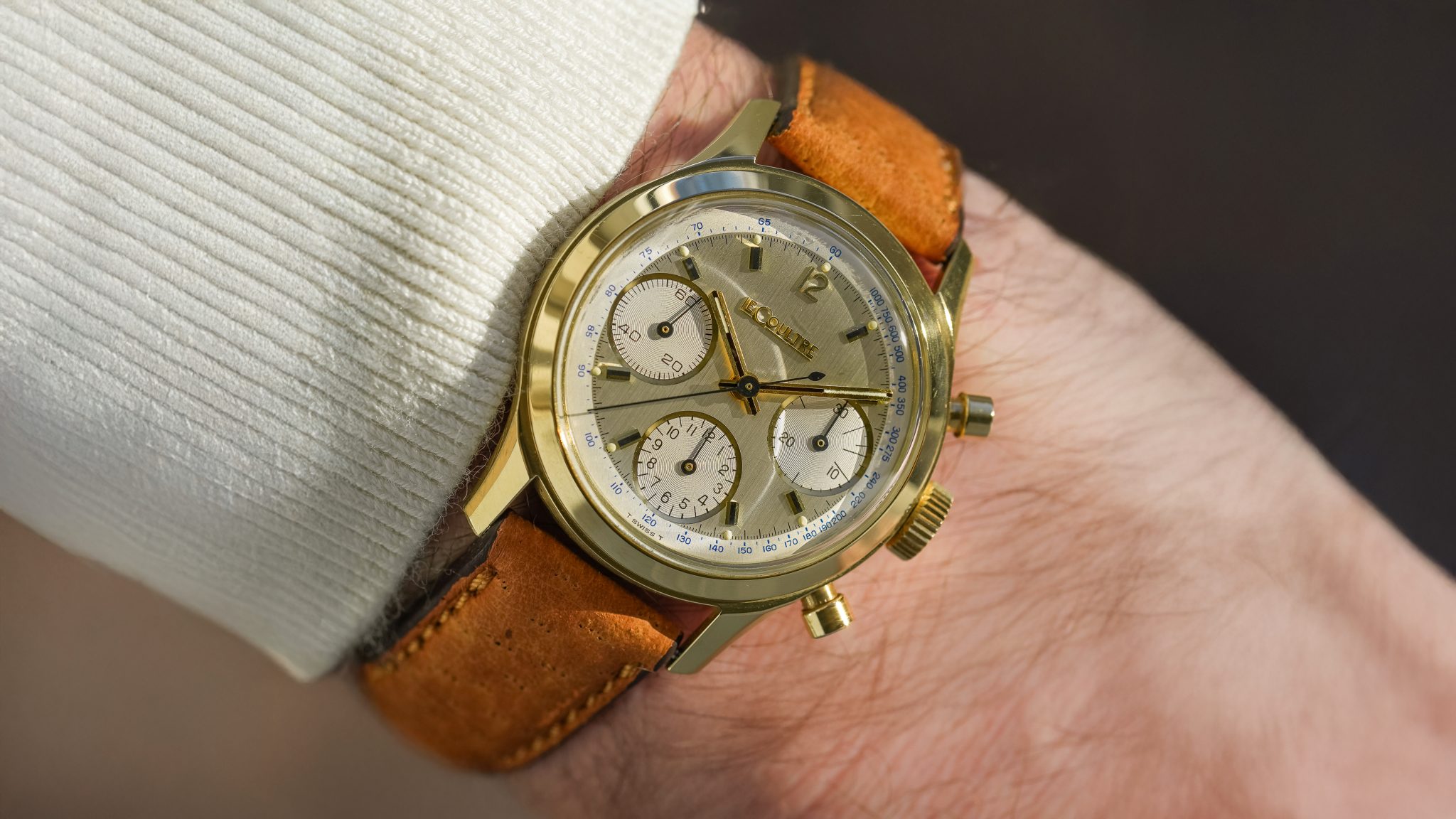
5970R Patek Philippe Perpetual Calendar Chronograph
Everyone seems to be waiting with bated breath, hope, and timid caution to find out just how time will judge the 5970. You’ve heard it before and you’ll hear it again, this is the last of the Lemania ébauches; 5270 that followed axed that tradition. But, further, the 5970 was the last Perpetual Calendar Chronograph (PCC) that still had a bit of the 1518’s delicateness. The 5270 succeeded in landing with an imposing aggression, which certainly has its place. The 5970 was only in production for about 6 years, from 2004 until 2010. That’s considerably shorter than the 3970 which preceded it (’86-04) and the 5270 that took over (’11-now). And it’s coming into its own right as we speak.
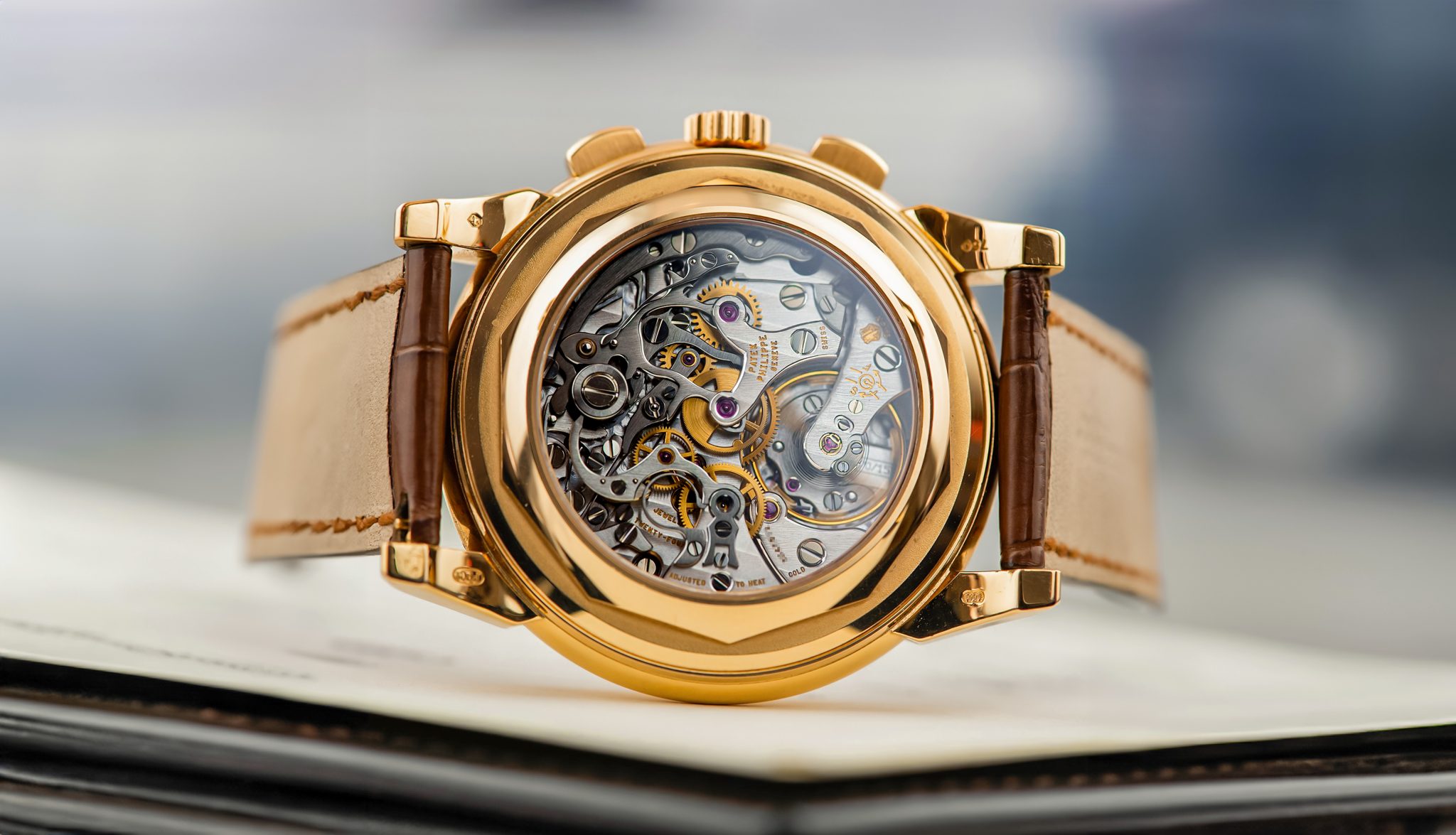
The big difference here is a 40mm case, compared to the neo-vintage darling 3970’s 36mm. And this is where the 5970 falters just slightly, as many collectors are instantly turned off by a calibre that is not sized properly to its case; this is the same 27-70 Q that’s in the 3970. That extra size was used to impart a tachymetre, which does underscore the chronograph in PCC. Thierry Stern gave particular attention to the design, as the 3970 was already an icon in the early 2000s. The team took 3 years to realize its final design, where normally that timeline is 6 months. Further, they are said to have tried around 20 dial designs before settling here, with this very legible slightly intersecting 6 area, which is very lovely. The case is equally considered, with lugs that are half Vichet 2499, half 1578 Spider Lug, a sprinkling of 2431 Flame Lugs, and none of the fussy midcase sectioning. The case alone is a greatest hits album. That little accentuated spider-lug kick does add a ton, and makes the lug appear to wrap better. It took over a year to figure out how to finish this lug without losing sharpness. What the design lost in simplicity and grace was compensated for with character and clear thinking.
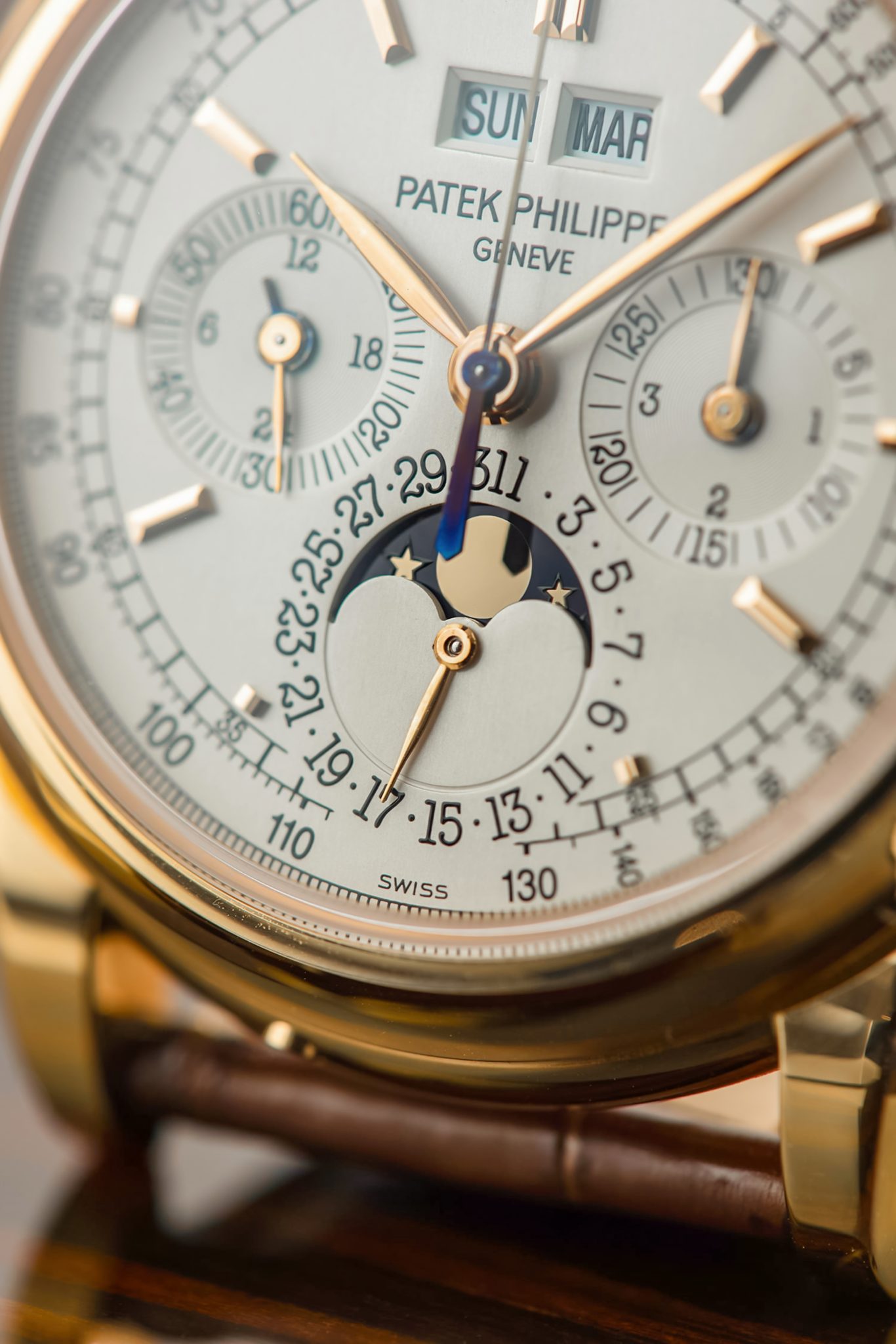
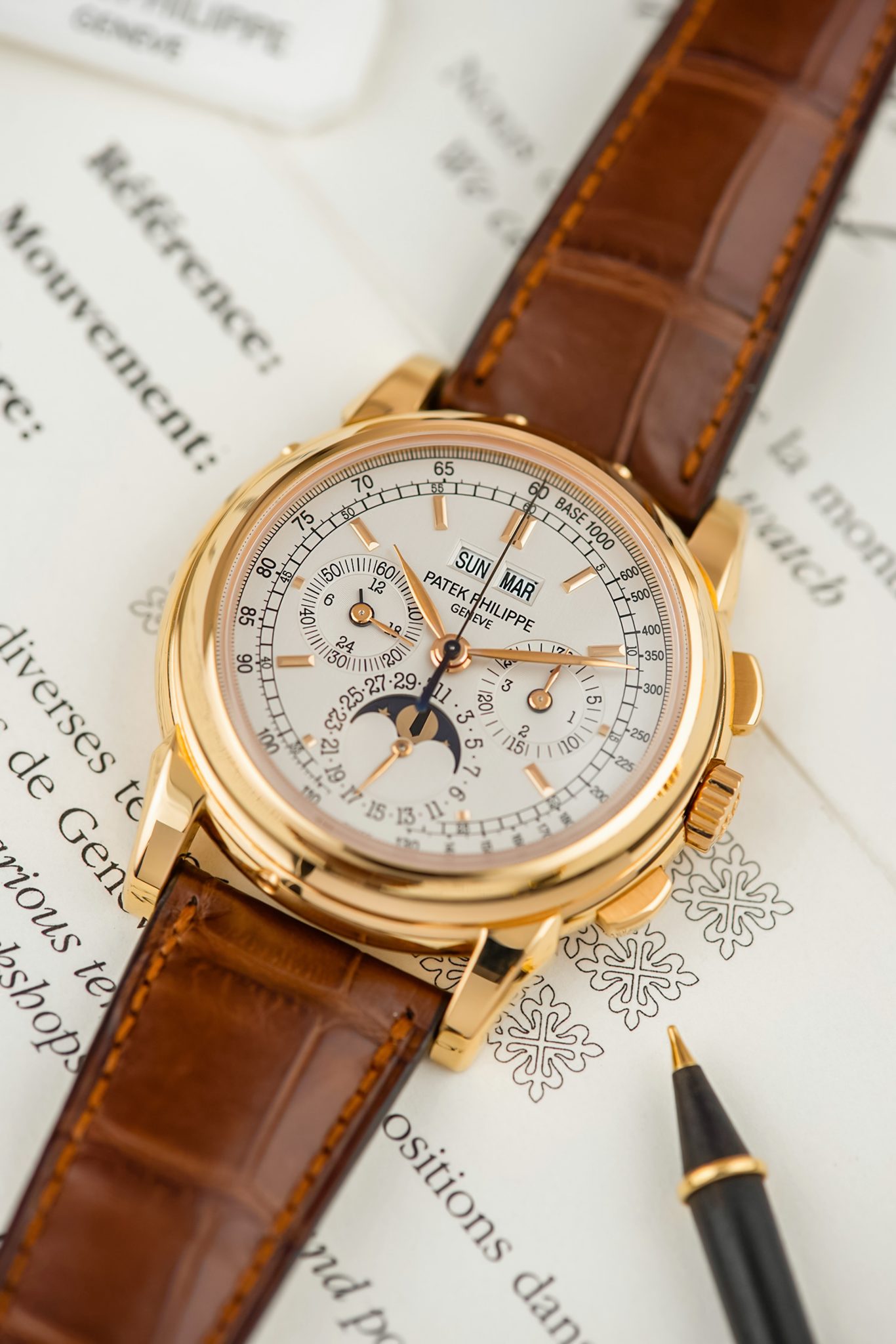
Interestingly, the usual skew of metals is reversed. Yellow gold is the rarest 5970 metal, estimated just 100-300 examples and offered just a year or two at the end. That’s followed by the similarly run-out platinum, with an estimated 300-500 examples. Then come the main variants that launched in ’04, white and this pink gold, each at an estimated 1000-1200 examples. If you’re a pink gold kind of person, this is the easiest PCC to jam with. Prices have been steadily above 200K US for some time now, with platinum leading the way. It remains to be seen if this is just the beginning for the most charming 40mm PCC or if we’re already fully saturated on Lemanias. Either way, this is the PCC of the new era. The real question is, ‘Are there collectors who got into watches dreaming of a 5970 instead of a 3970?’ Thanks to Mayer, I suspect there probably are. And I suspect they’re probably just about to come online as real buyers over the next decade too. We’ll end with some sacrilege, then. It’s the Zenith Daytona of PCCs, and that’s no bad thing.
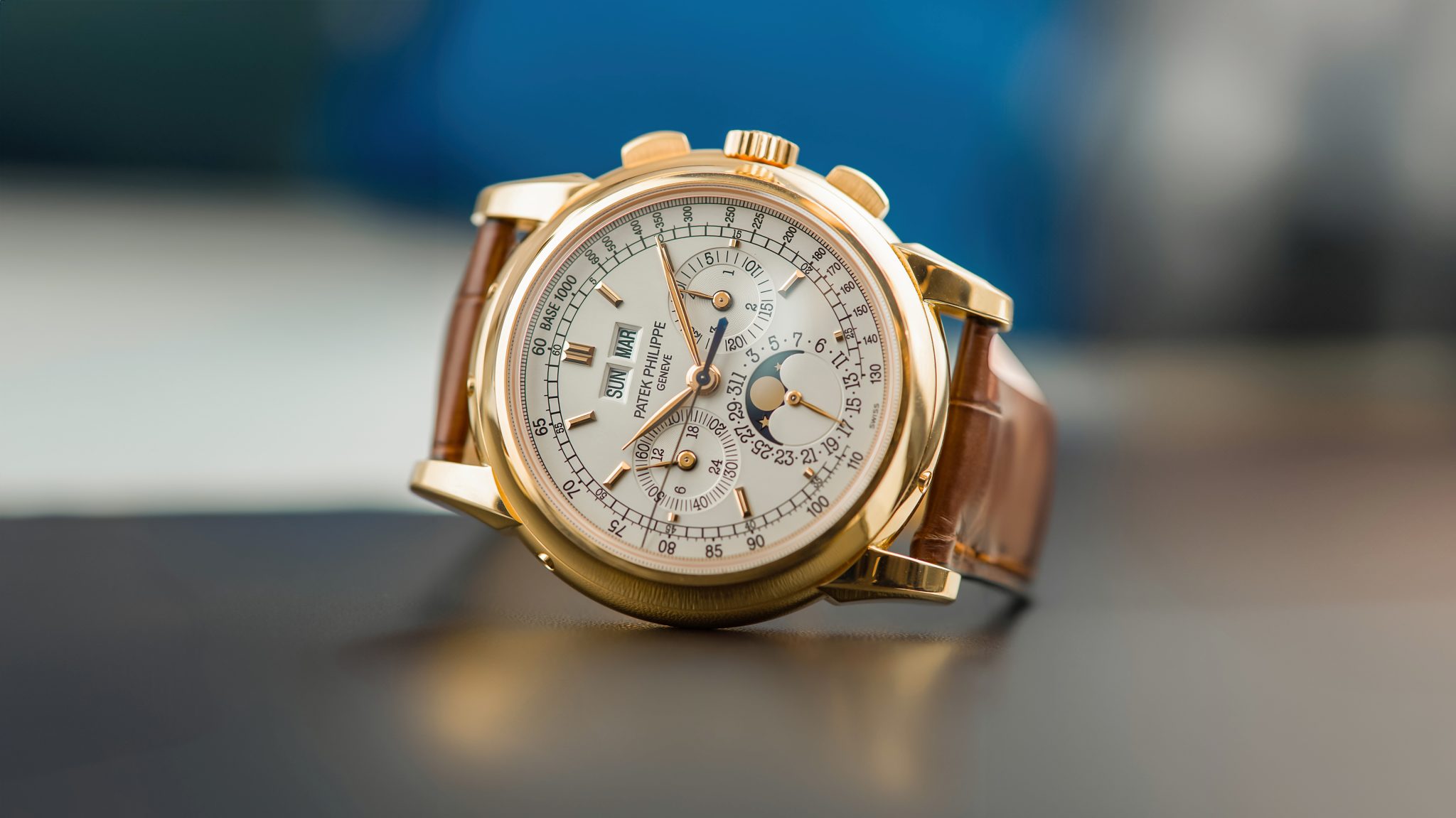
This example is the early (c. 2005) R, pink gold, and lovely. It comes with its full set and is being offered from its first owner. The case is full, hallmarks look great. That’s one of the bonuses of buying a slightly more modern watch, is that people were more used to looking after these as objects of art by 2004. Anyway, a killer example. It comes from Perpetual London.





